Articles
The History and Future of Internal Combustion Engines: From Ford Model T to Hydrogen Technology
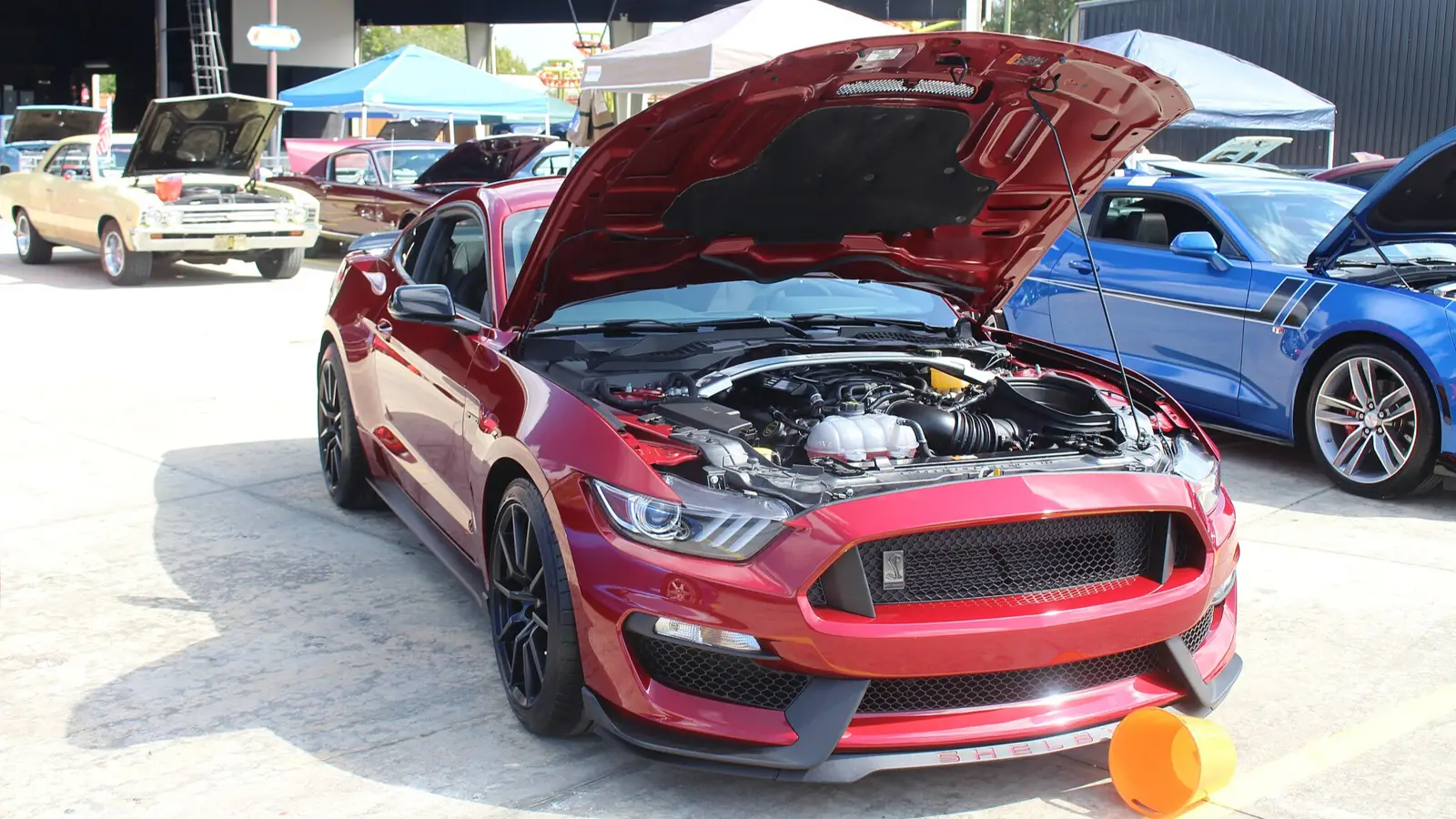
Explore the history of internal combustion engines, from the Ford Model T to modern hydrogen engines. Learn about key innovations, environmental challenges, and the future of automotive technology.
The internal combustion engine (ICE) is one of the most important technologies that has shaped the modern world. From its clunky early designs to today’s high-tech motors, its development has driven progress in transportation, industry, and everyday life. However, in the 21st century, amid growing environmental concerns and the push for sustainability, the question arises: What does the future hold for the ICE?
From Invention to Mass Production: The History of the ICE
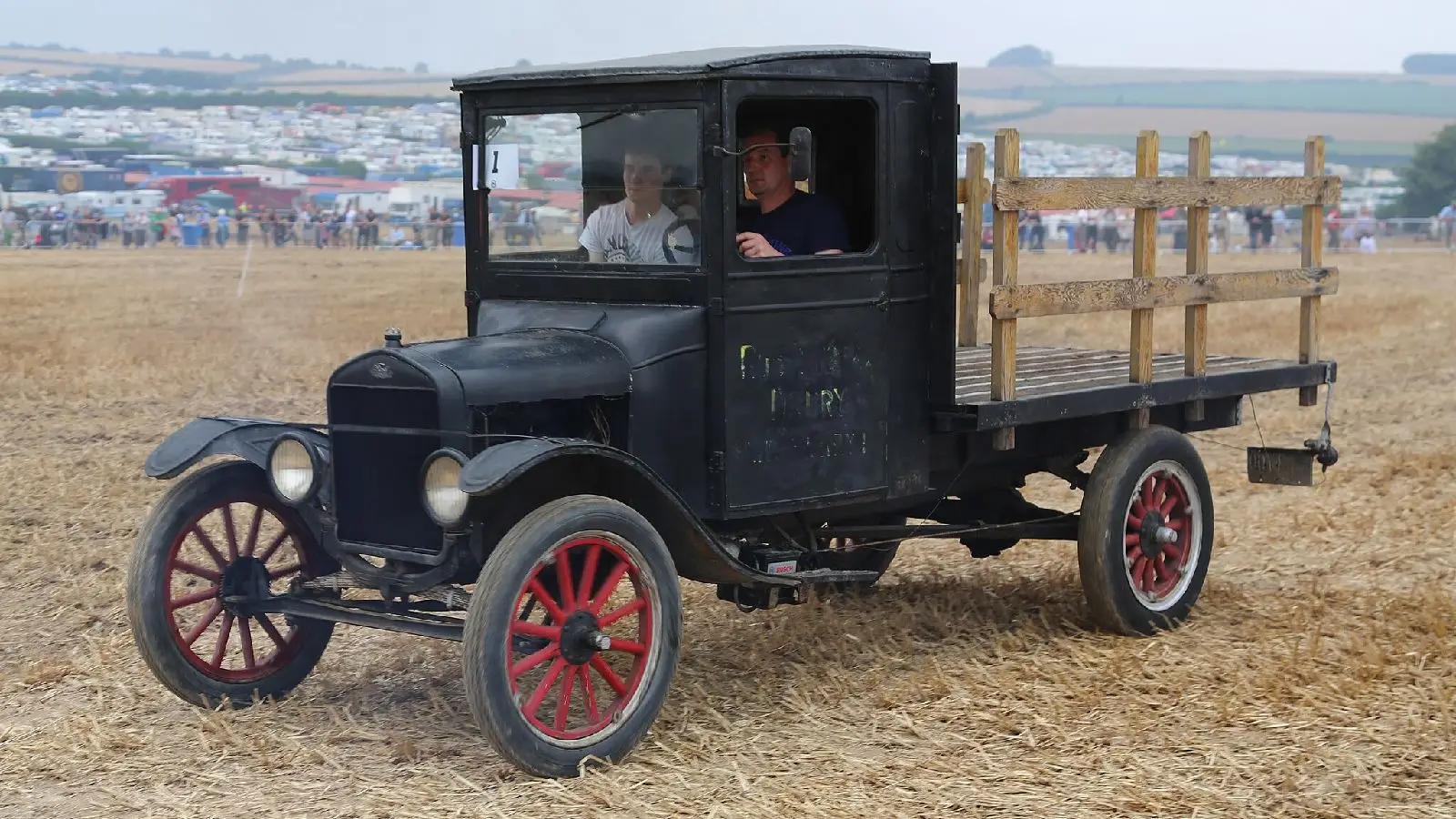
The story of the internal combustion engine began in the 19th century. In 1806, French inventor François Isaac de Rivaz created an engine powered by a hydrogen-oxygen mixture. However, the true breakthrough came in 1860 when Belgian engineer Étienne Lenoir introduced the first engine capable of propelling a vehicle—the “hippomobile.”
A turning point came in 1876 when Nikolaus Otto developed the four-stroke engine, which improved efficiency and reliability. Soon after, Rudolf Diesel created the fuel-efficient diesel engine that would bear his name.
In the first half of the 20th century, the ICE dominated roads worldwide, becoming the foundation of the automotive industry. One key milestone was the introduction of the Ford Model T in 1908. Developed by Henry Ford, this vehicle became the first mass-produced car, thanks to assembly-line production and affordable pricing. Produced until 1927, over 15 million units were sold.
Other notable cars from the first half of the 20th century include:
- Rolls-Royce Silver Ghost (1907) — A symbol of luxury and reliability that set high standards for luxury cars.
- Cadillac V-16 (1930) — One of the first cars with a 16-cylinder engine, showcasing the potential of powerful motors.
- Volkswagen Beetle (1938) — A cult car designed at the request of the German government, which became a symbol of reliability and affordability.
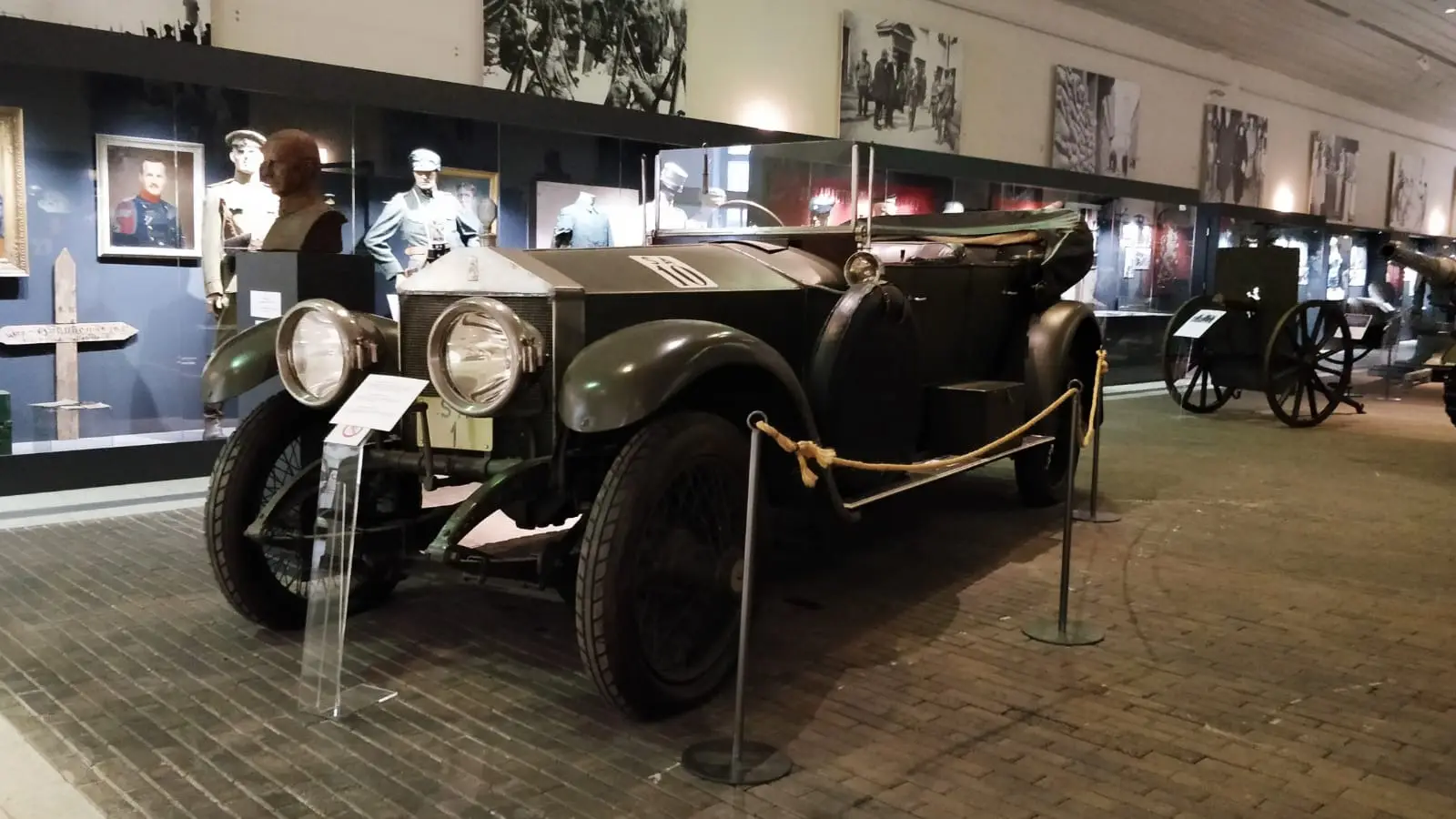
A Golden Age: Achievements of the Second Half of the 20th Century

After World War II, ICE technology continued to evolve, leading to the creation of legendary cars and engines:
- Chevrolet Small Block V8 (1955) — A simple, powerful, and reliable engine, with over 100 million units produced.
- Ford Cosworth DFV (1967) — A motorsport legend that brought numerous victories in Formula 1 thanks to its power and lightweight design.
- Mercedes-Benz OM617 (1974) — The first turbocharged diesel engine for passenger cars, known for its durability and efficiency.
- Porsche 911 Turbo (1974) — The first mass-produced sports car with turbocharging, marking a new era in automotive engineering.
- Toyota 1UZ-FE (1989) — A Japanese engine that combined high power, reliability, and smooth performance, becoming a benchmark in its class.
Current State and Environmental Challenges
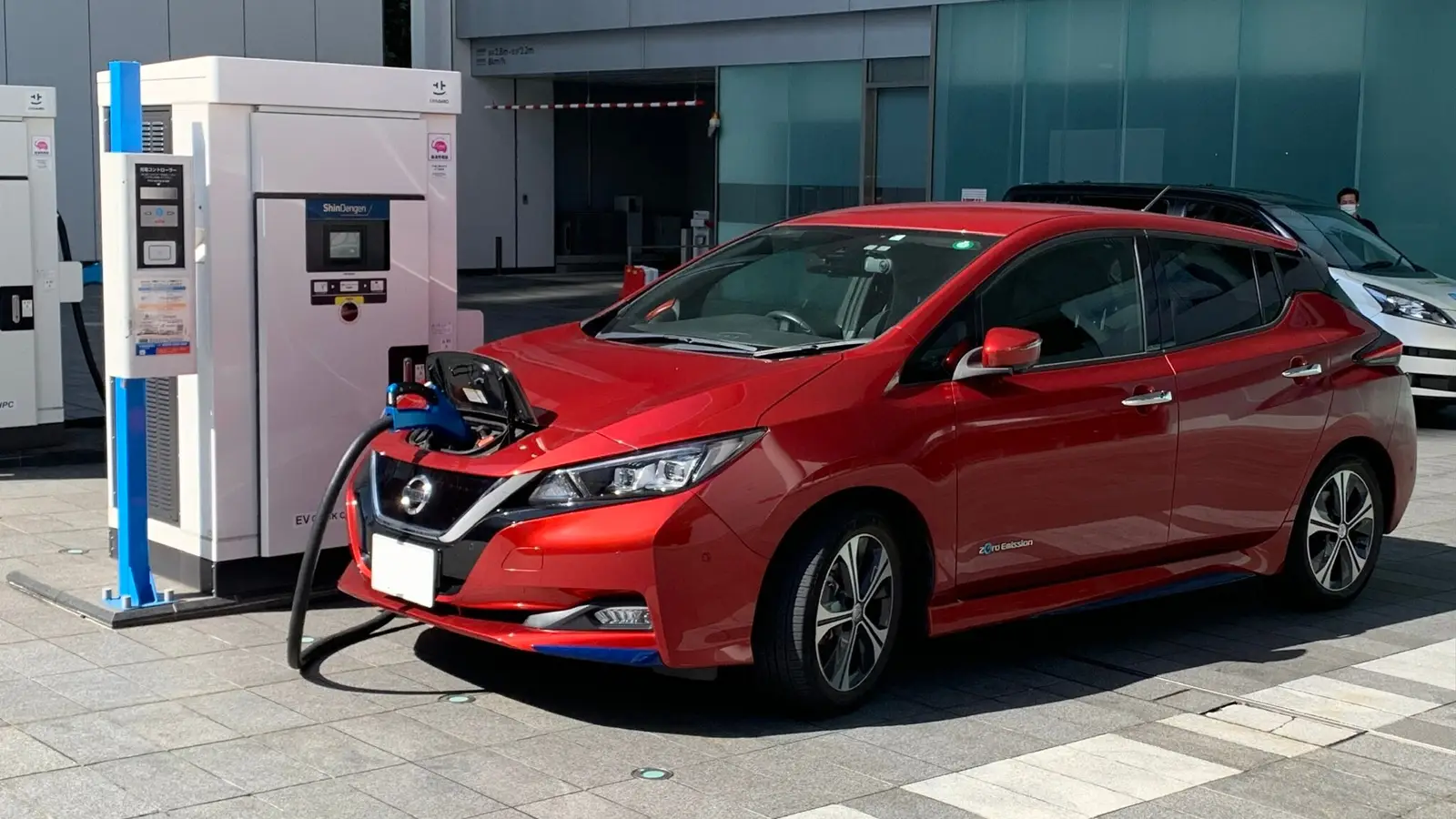
In the 21st century, ICEs face increasing criticism due to carbon dioxide and pollutant emissions. However, modern technology helps reduce these negative effects. Key innovations include:
- High-pressure fuel injection systems — Improve the combustion process, reducing harmful emissions.
- Selective catalytic reduction (SCR) — Converts nitrogen oxides into harmless substances.
- Exhaust gas recirculation (EGR) systems — Lower combustion temperatures, reducing the formation of harmful compounds.
- CO₂ capture catalysts — The latest technology that reduces carbon dioxide emissions and uses it to produce synthetic fuels.
Despite these advancements, the growing popularity of electric vehicles and stricter environmental regulations are pushing automakers to rethink their strategies. Many companies have announced plans to phase out ICEs:
- Audi — The last ICE vehicle will be produced in 2026.
- Hyundai — Will stop selling ICE vehicles in Europe by 2035 and worldwide by 2040.
- Mercedes-Benz, Ford, Volvo, and General Motors — Plan to phase out ICEs by 2040.
However, not all companies share these ambitious goals. BMW CEO Oliver Zipse believes that a complete phase-out of ICEs by 2035 is unlikely due to economic risks and insufficient infrastructure readiness.
Hydrogen Engines: A New Opportunity for ICEs
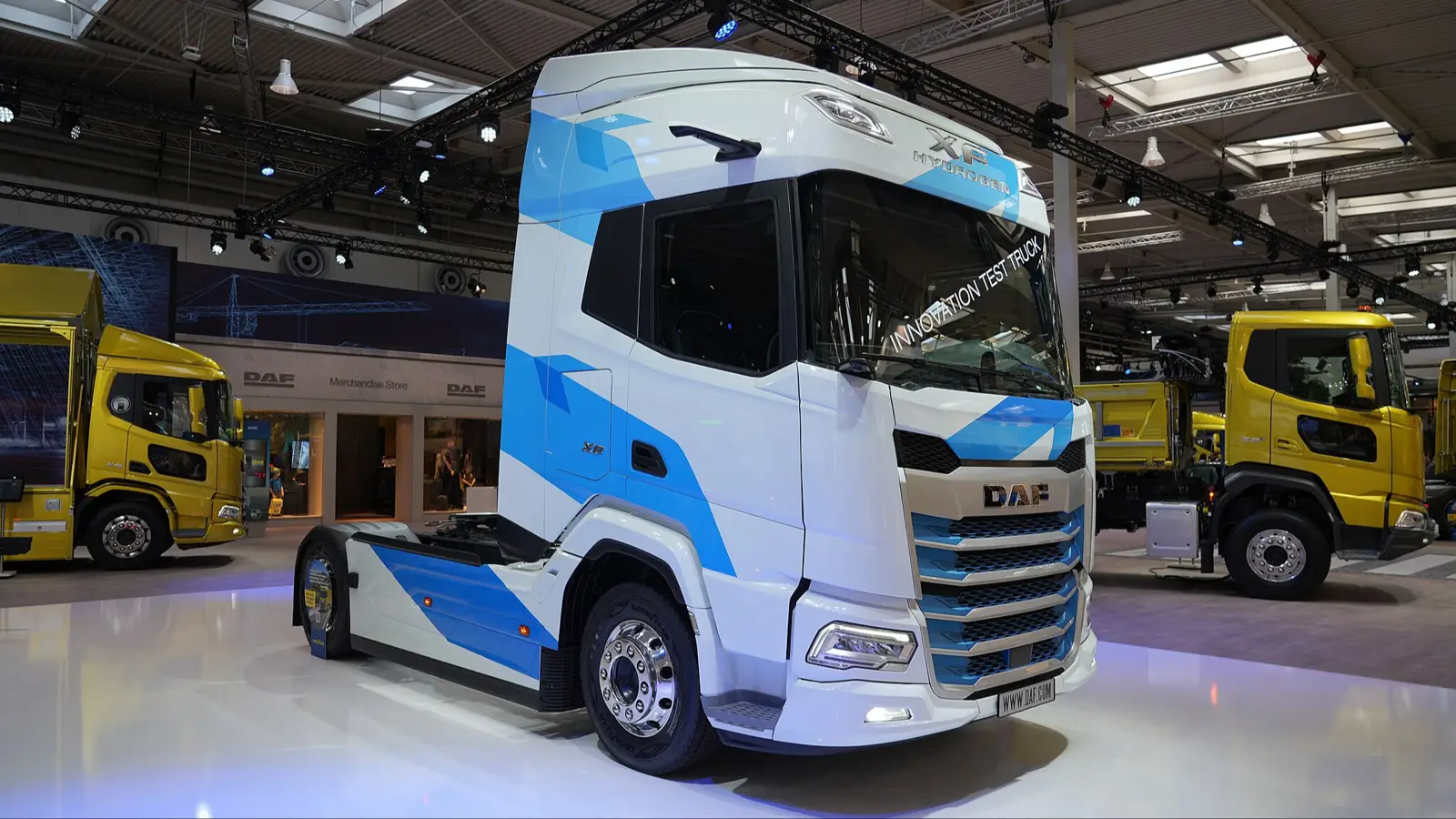
One promising technology that could extend the life of ICEs is hydrogen combustion. These engines burn hydrogen, releasing only water vapor as a byproduct. For example, the Toyota Mirai can travel up to 650 km (400 miles) on a single tank of hydrogen.
Hydrogen technology is already being used in various fields:
- Buses — Hydrogen-powered buses are successfully operating in cities like London and Aberdeen.
- Trains — Germany’s Coradia iLint is the world’s first hydrogen-powered passenger train.
- Aviation — The HY4 aircraft made its first flight in 2016, demonstrating the potential of hydrogen-powered aviation.
Advantages of hydrogen engines:
- Quick refueling — just 3-5 minutes.
- Long driving range — up to 650 km (400 miles) or more.
Disadvantages:
- High production and infrastructure costs.
- Limited number of hydrogen fueling stations.
The Future of the Internal Combustion Engine
Despite the rapid growth of electric vehicles, ICEs are unlikely to disappear in the coming decades. Modern hybrid vehicles are already helping to reduce emissions and improve fuel efficiency. Moreover, hydrogen combustion could give ICEs a new lease on life, especially in sectors where electric vehicles currently fall short—such as long-haul transportation and aviation.
However, the key factors will be developing the necessary infrastructure and reducing the cost of environmentally friendly technologies. If these challenges are overcome, the internal combustion engine will remain part of our lives—only in a cleaner, more sustainable form.
2025, Feb 21 21:16


